What Animals Eat
key notes:
Introduction to Animal Diets
- Animals eat different types of food to survive.
- The food they eat depends on their body, environment, and availability.
Types of Eaters
- Herbivores: Animals that eat only plants (e.g., cows, deer, rabbits).

- Carnivores: Animals that eat other animals (e.g., lions, tigers, eagles).
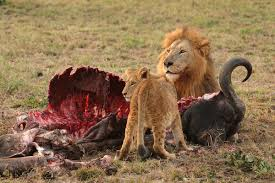
- Omnivores: Animals that eat both plants and animals (e.g., bears, humans, pigs).
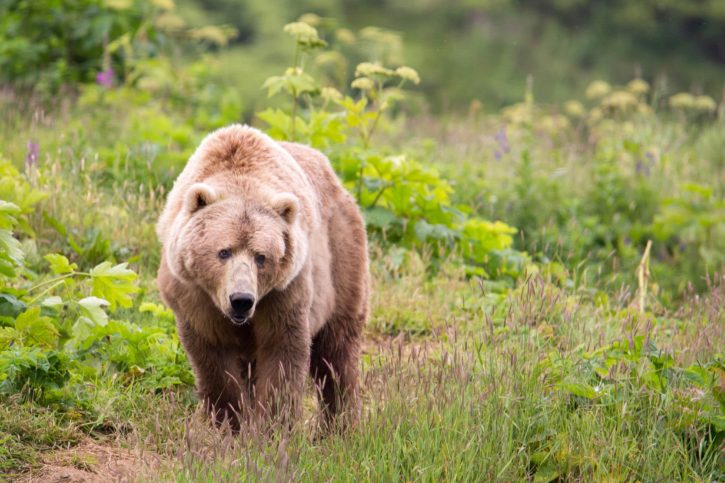
Examples of Herbivores

- Eat grass, leaves, fruits, and seeds.
- Common examples: Elephant, horse, giraffe.
Examples of Carnivores
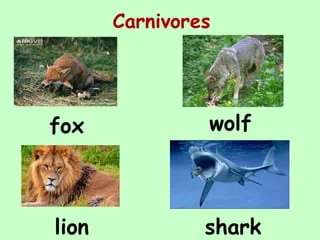
- Eat meat by hunting or scavenging.
- Common examples: Wolves, sharks, snakes.
Examples of Omnivores
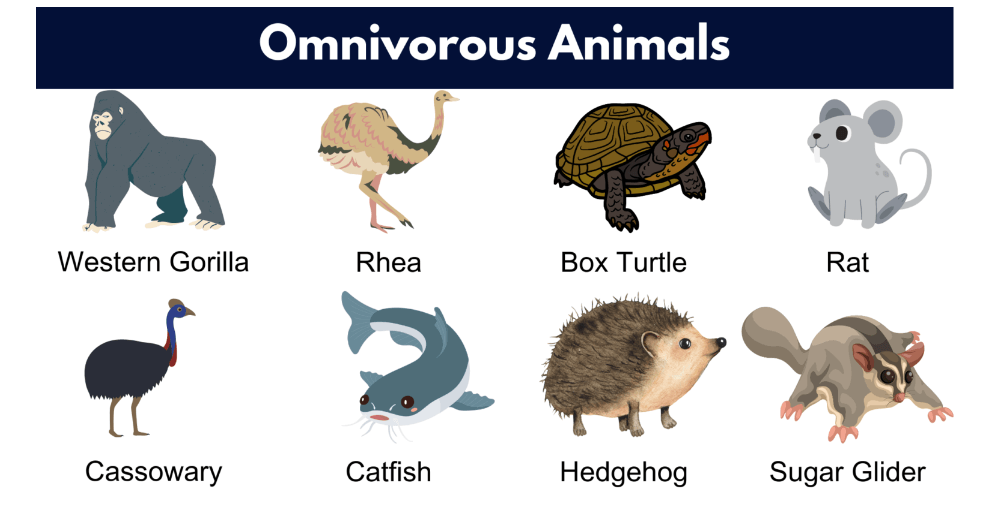
- Eat a mix of plants and meat.
- Common examples: Raccoons, dogs, chickens.
How Animals Find Food
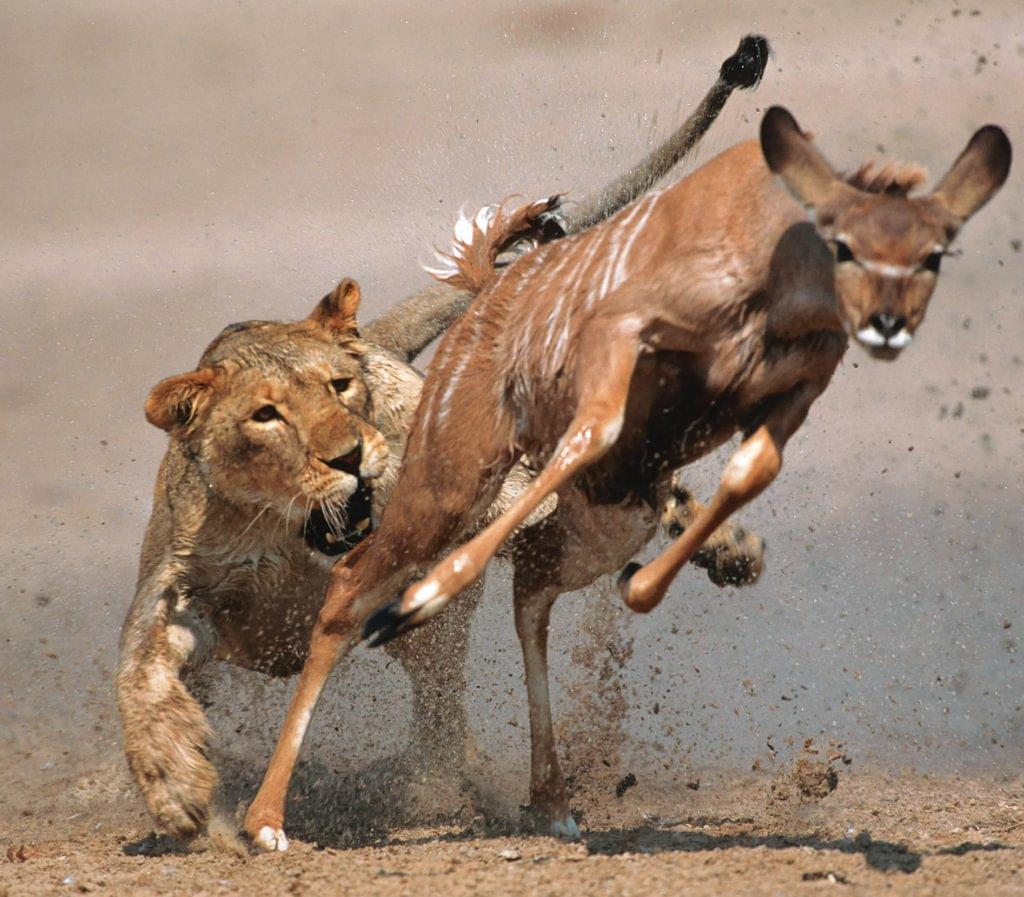
- Some animals hunt (e.g., tigers).
- Others graze or forage (e.g., sheep, squirrels).
Adaptations for Eating
Teeth:
- Herbivores have flat teeth for chewing plants.
- Carnivores have sharp teeth for tearing meat.
- Omnivores have both types of teeth.
Beaks and Claws: Birds like eagles have sharp beaks and claws to catch prey.
Tongues: Giraffes use long tongues to grab leaves from trees.
Importance of Food in Nature
- Food chains show how animals depend on each other for food.
- Example: Grass → Rabbit → Fox.
Fun Facts
- Pandas eat bamboo, even though they are technically carnivores.
- Hummingbirds sip nectar from flowers as their main food.
Let’s practice!🖊️

